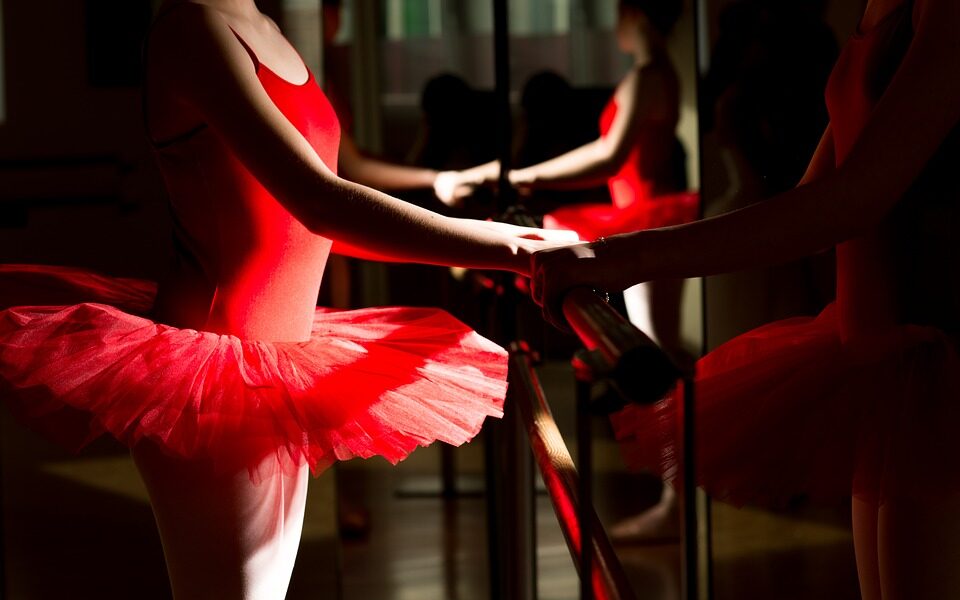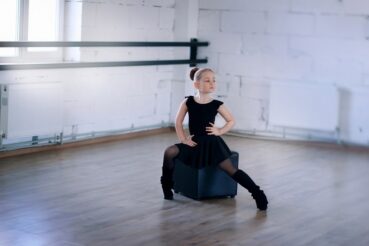The desire to learn to dance is natural and legitimate in today’s world. One can list the reasons from obvious and popular pragmatic desires, such as to start moving or to lose weight, to unconscious and even existential ones.
This is because dancing is at the subtle intersection of the inner and outer world, physical and spiritual. On top of that, music becomes a driver that cannot leave anyone indifferent.
In dance there is magic inside a person, which is not always noticeable when observed from the outside. At the initial stage, it is the external image that attracts to dancing, and sometimes repulses, because it seems too frivolous and superficial.
But there are even stronger obstacles that stop many people from starting dancing. These illusions and misconceptions roam the minds of most, and often they are afraid to ask about them directly, or they ask the question about it so often that they are no longer ready to hear an honest straight answer. I will try to do that in this article.
Misconception 1: It’s too late for me to start dancing
There are many examples of modern dance instructors sharing that they did not expect to be in the dance industry. Once upon a time there was a man and he was doing adult, serious things. Sometimes even very serious. The man might have had children and even grandchildren. He saw dancing only on stage or on TV. For reasons I did not understand, I found myself in dancing. At first it all seemed like entertainment and a useful pastime. But time passes, and the man catches himself on the thought that dancing is not something that every day, but really all the time. It takes a couple of years, and he is already becoming a teacher or organizer of any event.
A similar path can begin at 15, and at 55 years. The only difference will be the self-sensation of the starting point, that it is too late to dance. In fact, for every age there is a different dance direction, which is the most likely to reveal it at this stage. Hip-hop or breakdancing is closer to children and teenagers, and the Argentine tango is for adults. It is never too late to start dancing. It is necessary to make the right choice of dance style on the basis of several parameters: age, gender, music, purpose. For any layout dance direction can be found.
Misconception 2: Men do not dance.
Our culture has a number of limitations associated with dancing. Most of these reasons are psychological and lie outside the realm of rational reasoning.
First, in our culture, dancing for pleasure or self-expression is a relatively recent phenomenon. Twenty to thirty years ago, dance classes were only for children. To start dancing even in adolescence was considered exotic.
Secondly, body aesthetics in our country for men is not in the focus of attention. This can generally include the fact that men try not to draw much attention to their appearance and clothing. Men in our country use other tools for this.
Thirdly, dancing is associated with entertainment and with alcohol. If a man feels serious and respectable, he either has no time or desire to do so.
Nowadays the general cultural background has changed and the result is that men are learning to dance. This is becoming as much a sign of masculinity as clothes, hairstyle or beard.
Misconception 3: You need special training
To the outside observer, there is a constant cognitive dissonance of what it is to dance. What he sees on the big stage as a show with sprawling moves and twines is obviously dancing. Breakers, doing unimaginable elements in the air and on their hands, competing with each other, also seems to be dancing. Retirees in the park twirling in a waltz. Dancing again, but for some reason all so different. How to understand that this is a dance, and what physical criteria in the body should be.
In fact, any self-expression through the body to the music can be attributed to the dance. There are a number of reservations, but they are not essential. For self-expression, a person uses the set of plasticity that he or she has. Subtlety and technique do not depend on extreme ways of self-expression and it often happens that twines and somersaults get in the way of meaningful dance. Developing plasticity and empowering the body is part of a dancer’s training, but not an end in itself.
Misconception 4: It is necessary to learn to dance in pairs
In couples dancing, the final result of learning is that the couple dances at the party. It would seem that one should always practice together to get the desired result. This is not the case. Let’s take an example from boxing. An indicator of a boxer’s skill is to fight his opponent, but that doesn’t mean he has to fight all the time. Likewise, the skill of dancing is built on the mastery of one’s own body and the ability to engage in interaction.
The skill of the instructor is the proper selection of techniques for the student to master the skill. Based on the skill, one can engage in creativity and self-expression in dance. Not everyone knows, but it is no coincidence that almost all social dance dancers have a serious dance background, which is based on the development of individual technique.
The same can be applied to the interaction in a couple. The ability to separate in oneself the one who leads and the one who follows the leading is impossible within the framework of studying the sequence of movements in a pair. There are special exercises for this that make the skill more universal. It is not necessary to have a permanent pair for this, nor is it necessary to have a partner on a regular basis at all.
IMPORTANT: At a party, you can not experiment, and there must be everything in its place: men dance with women.
Misconception 5: To learn how to dance, you have to know a lot of moves
Concentrating on learning a lot of moves often distracts from the very essence of dance. Of course, the sequence of figures is important. Especially at the start. Over time, however, the dancer should develop an understanding of how movements can be self-generated. Accordingly, instead of memorizing millions of figures, one can understand how to create them.
From each system of improvisation that a dancer can use as a tool, dozens, hundreds, or thousands of variations are derived. This frees the head from trying to reproduce the exact sequence and unequivocally adds freedom to the performance of the dance.
A huge theme of musicality can also come into play. Not every pre-conceived or learned sequence will suit a particular music. The dance should give freedom, not drive the dancer into a shell of ligatures.

 The Bellydance Superstars dance school was established in 2015.
The Bellydance Superstars dance school was established in 2015.